|
Last week, the west coast of Korea, especially the province of Chungnam received over 10cm of snow for 2 days straight. It covered the land with a beautiful blanket of white snow and while it was amazing, most of it has melted away. Here are some photos from last week in Taean.
2 Comments
At the beginning of the school year, I was informed that I had a four day long weekend in the second week of October. Since the fiancee and I have never been to Japan, we decided to go to Busan first and then take the ferry across the Tsushima strait and visit Fukuoko, Japan. We took the night train from Cheonan station on Wednesday night and arrived in Busan on Thursday at 0430. After checking in our hotel and resting for a bit, The fiancee and I went out to meet up with a friend from university and went out to explore Nampo district, and Gukje market. After a bit of shopping, we walked up Yongdusan and found out that we arrived in time first day of the Jalgachi Market festival. The parade started from the top of Yongdusan and slowly made its way down to Jalgachi market. We then slowly made our way back to the Lotte Deparment store and went up to the rooftop to see the Busan cityscape. What we didn't expect to see was the fireworks that were set off in the inner harbour. It was a shame that I didn't have my tripod to take photos of the fireworks, however we probably had one of the best seats in town to view the show. Once the fireworks ended, we went back to Nampo and had some really delicious pork hocks for dinner.
The first time I visited Gunsan was during a staff trip where we rented a boat and went to Seonyu Island and got really drunk (that's a story for another time). However, I recently gained interest in Gunsan when the cast from 1박2일 (2 days 1 night) did an episode there exploring the food, the Gunsan Islands as well as its colonial past. What really struck me when I watched that episode was that unlike Seoul, which has been tearing down colonial buildings built during the Japanese occupation, the city of Gunsan has not only preserved their Japanese era buildings but is also continuing to repair worn down Japanese style houses into their original appearance and turning them into cultural assets, reminding not only its citizens about how the city looked like under Japanese rule, but also to remind the Korean people the struggled they had to endure to fight for their independence. After a bit of researching, the fiancee and I took the 11:35 bus from Taean and 2 hours and 30 minutes later, we arrived in Gunsan. We were also lucky enough to be there in time for the "Time Travel Festival" which the city holds every year around the first weekend of October. The "Time Travel Festival" gives visitors a chance to experience the modern era of when the city was under Japanese occupation. A lot of the relics where on display including a mock up of what a Korean classroom looked like back in the day along with what toys were popular then etc. Most of the colonial era buildings are located in Wolmyeong-dong (월명동) located 1.8km north east of Gunsan bus terminal and are all located within a 30 minute walking radius. Unfortunately, we didn't manage to visit all of the historical sites since we our bus back to Taean was at 19:20. If you like to go somewhere for a day, do visit Gunsan. It's a lovely coastal city that not only has a rich history, but is also brave enough to embrace it. For more information about the historical buildings, please visit the city website here for the buildings and here for the festivals.
It's been a while since I revisited Samcheong-dong in Seoul. The first time I actually visited the place was in 2012 when I had a friend from secondary school come to Korea and wanted to visit a particular cafe in there. Ever since, I've sort of forgotten about the place until I had my friend from university who was staying in a hostel near that area and I thought it would be a good chance to not only take him there, but also check it out myself. While Samcheong-dong is also a main area that tourists flock to, the thing I love about it are the small independent shops, art galleries and cafes located in traditional hanoks and old buildings in small streets which makes it an awesome place for street photography. If you want to explore the area, you would have to take the orange line (line 3), get off at Anguk station and head towards exit 2. It takes around a good few hours to explore Samcheong-dong and since its situated in a hilly area. Also, do remember to wear a pair of comfortable shoes.
Autumn is one of the best seasons to head out to the coast since not only is the weather cooler but the days are also getting shorter, which means more spectacular sunsets for Taean. When I go hiking, I tend to head out early in the morning and come back early in the afternoon. However, I wanted to see the sunset at Kkotji, therefore the girlfriend, a friend and I headed took the 13:10 bus from Taean bus terminal to Baeksajang. From there we started our 11.7KM hike towards to Kkotji. 3 hours and 20 minutes later, we arrived at Kkotji with the sun slowly making its way down towards the horizon. Since we missed the last bus leaving from Kkotji to Taean (which left at 17:20), we walked our way towards Anmyeong bus terminal and took the bus back into town.
Palbongsan, which translated into eight peaks mountain, sits at the border of Taean and Seosan. Like the name, the mountain consists of eight peaks, with the 3rd peak being the highest at 362 meters. There are two areas where one can start the hike up; one in the north and one in the south. Today, my girlfriend, my friend Kevin and I took the local bus from downtown Seosan and started our hike from the south side of the mountain. It took us around 20 minutes before our trail turned into a small dirt path. From there we literally had to climb rocks at some places before we reached our first peak which was the 8th peak. We slowly made our way to the 3rd peak and then after a quick rest, we made our way down. I have to say this mountain was one of the harder ones to climb since there was a lot loose dirt along the trail which made it quite slippery.
Taean county, located on the west coast of Chungnam, consists of mainland Taean and the island of Anmyeong. Between those two are the harbours of Baeksajang and Deureuni Harbour. Baeksajang is also known for it's yearly shrimp festival which runs from the end of September to the end of October. Beside the harbour lies the Baejsajang beach, which is also know for its white sandy coast. A pedestrian bridge located next to the harbour allows people to walk across the channel. The bridge itself is a suspension bridge with spiral ramps on both sides. Not only does it provide a birds eye view of the coastline, it is also one of the many places for one to view Taean's stunning sunset.
One of the reason why I love living in Taean is because of its beaches and amazing coastline. Out of the 30 odd beaches along the coast, the one that almost everyone knows is Manripo Beach. It even has direct buses which go to Seoul. Since my girlfriend and I stayed in Taean for Chuseok, we decided to head out to Manripo Beach. We took the local bus which left town at 1735 and arrived around 30 minutes later. The tide was slowly receding so we made our way down to the soft yet spongy sand. The sun was slowly setting and it was view absolutely amazing. Once the sun had set, we went to a local seafood joint and had BBQ shellfish (I forgot to take photos since I was the one doing the barbecuing). After a splendid meal, we took the last bus at 2020 which headed back into town and called it a night. If you do plan to come visit Taean, do come while the pleasant weather lasts!
Seoul is a weird place for street photography. For some reason there is an awkward feeling when I'm wandering around the streets in Seoul. I guess the reason why I find it awkward is because when I started street photography in Hong Kong, it was easy to find interesting things to take photos since everything was tightly packed together. While in Seoul itself is quite a dense city, there seems to areas of "dead space" of concrete towers with little or no "character" in the newly urbanized areas. Nevertheless, the older neighborhoods are still interesting to explore but it does take a bit of time of walking around to find something interesting to photography. While it is a lot more challenging to find an interesting subject, it's still good practice. The photos below were taken around Nambu Bus Terminal and the stretch from Ewha Womans University to Shinchon.
On Saturday, the 23rd of August, I met up with Tongyeong based photographer, Chris Cusick (check out his work here: http://www.thelostlens.co.uk/) in Seoul and we headed out to Bukchon to test out our new lenses. I recently acquired a Nikon 28mm f/2.8 manual focus lens from home and I haven't really had the chance to test it out until now. It took me a while getting accustomed to the 28mm since it was a lot wider than I am normally used to using for street photography. If you're used to auto focus lenses, this lens will take some time to get used to. However, it does slow one down and forces one to carefully think about composition and waiting for the right moment to take a image. Other than that, if you're a Nikon FX user and would like to play around with a wide angle prime, I do suggest getting the 28mm f/2.8. It costs around 100 dollars which isn't a lot for a full frame lens, but do beware that you're highlights might be a bit blown out and colours might look a bit flat on your camera LCD screen. I'd suggest to turn down the exposure compensation to -0.3 ~ -1.0 range depending on the situation. Although it might look a bit under exposed but you can always adjust it in post processing.
|
Archives
April 2017
Categories
All
Please also visit |

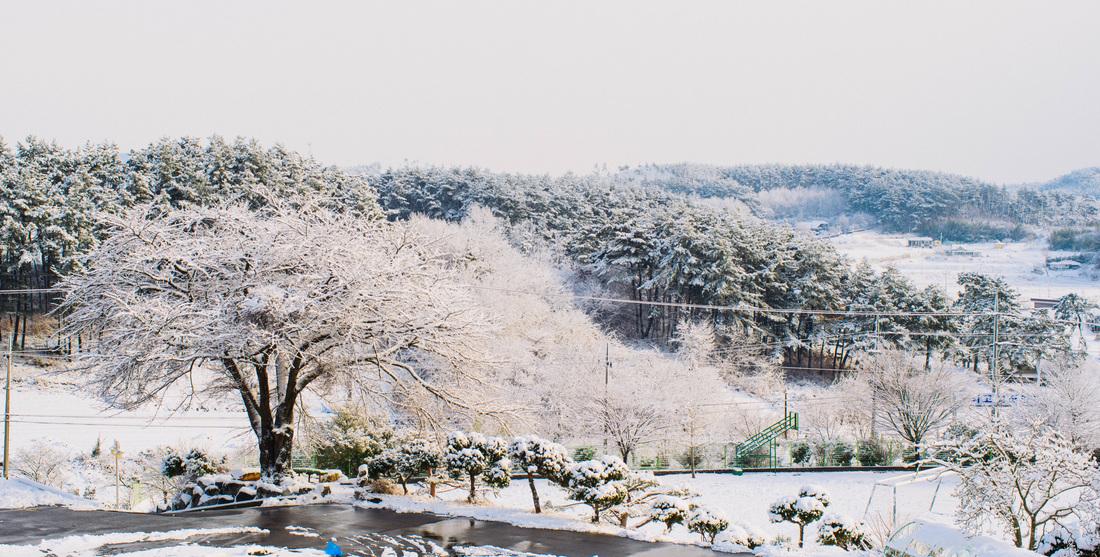
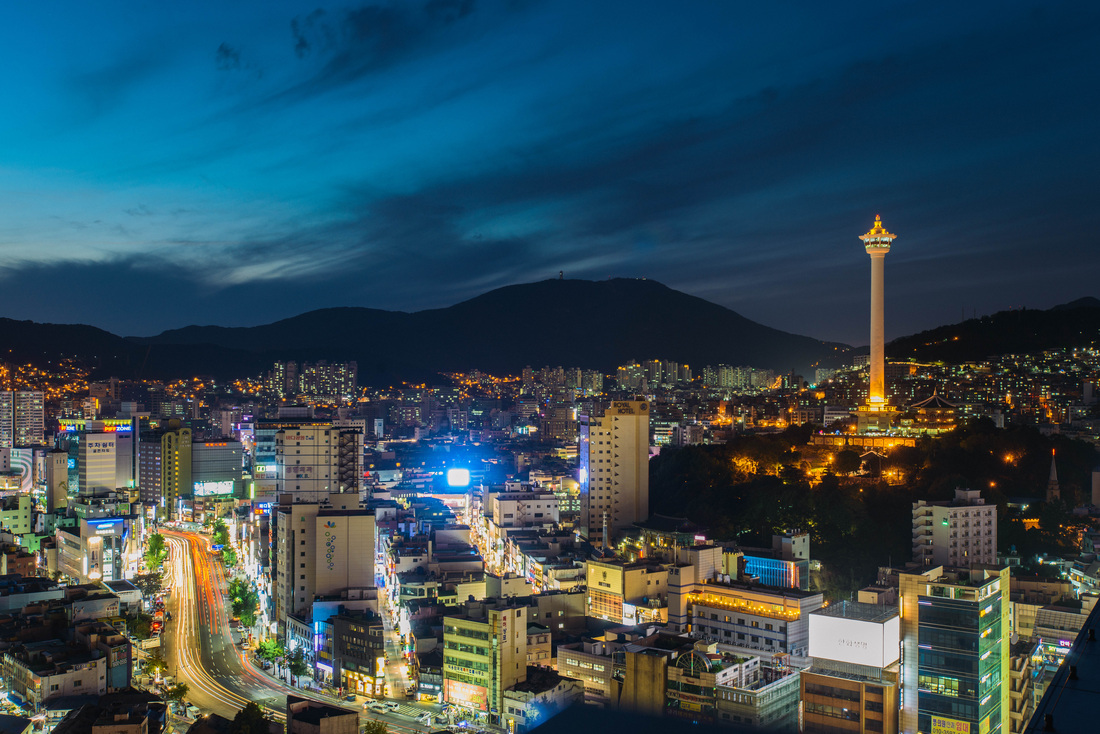
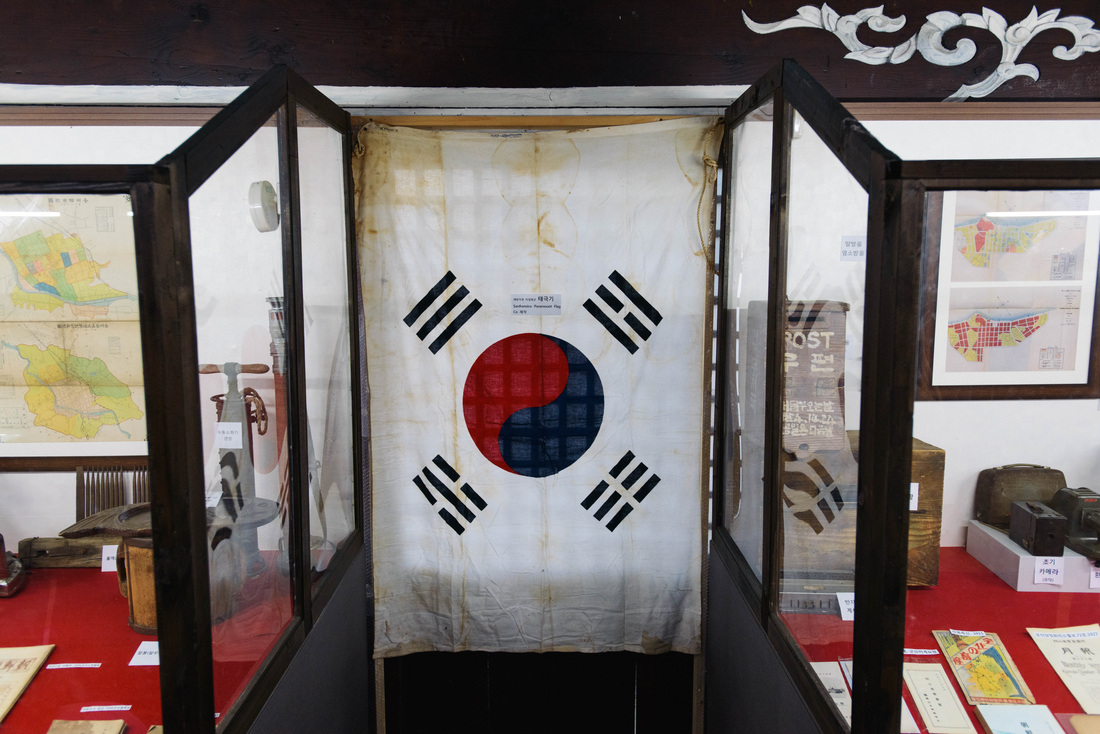
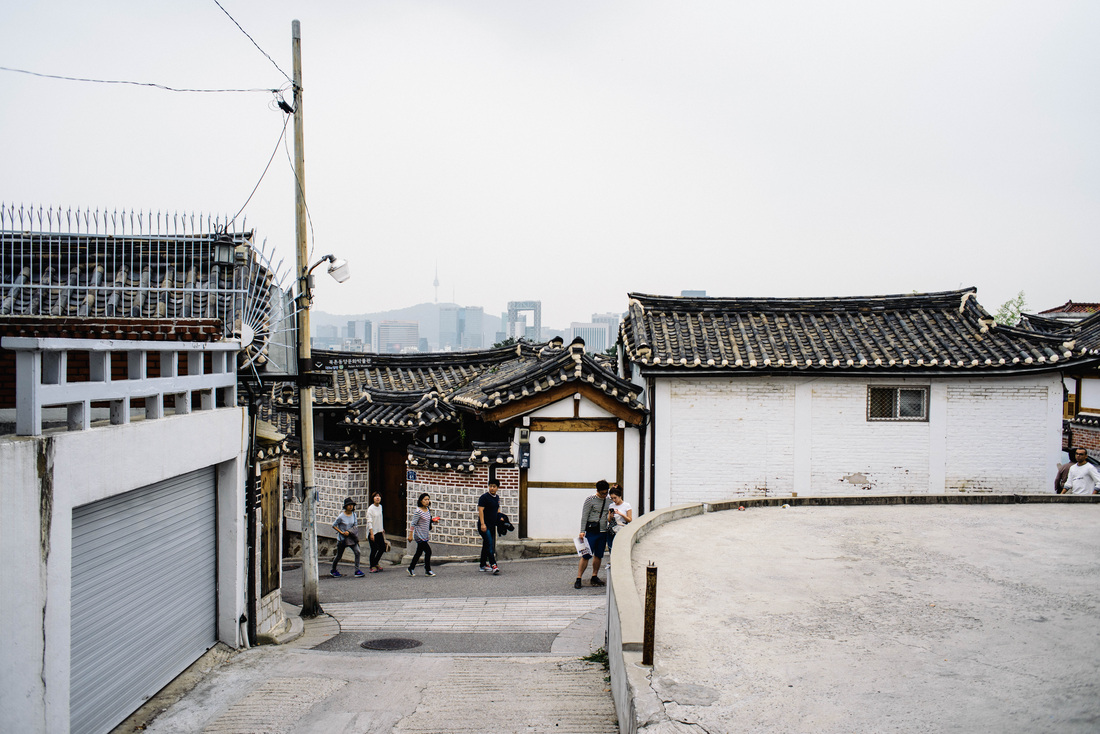
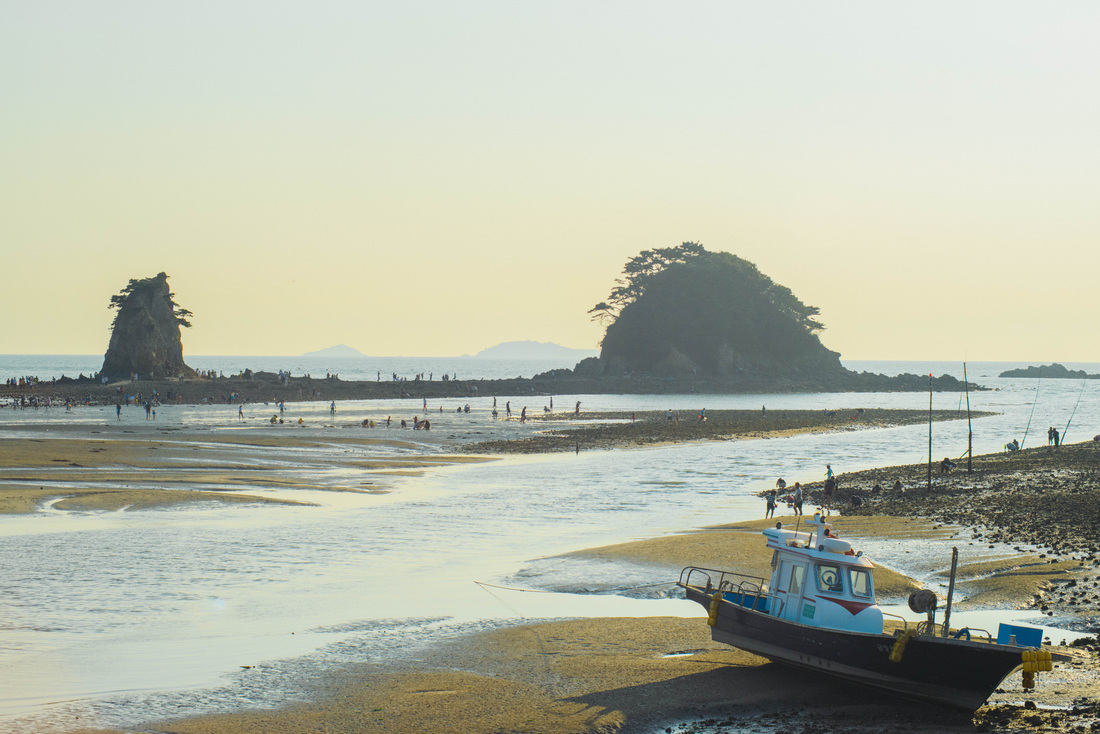
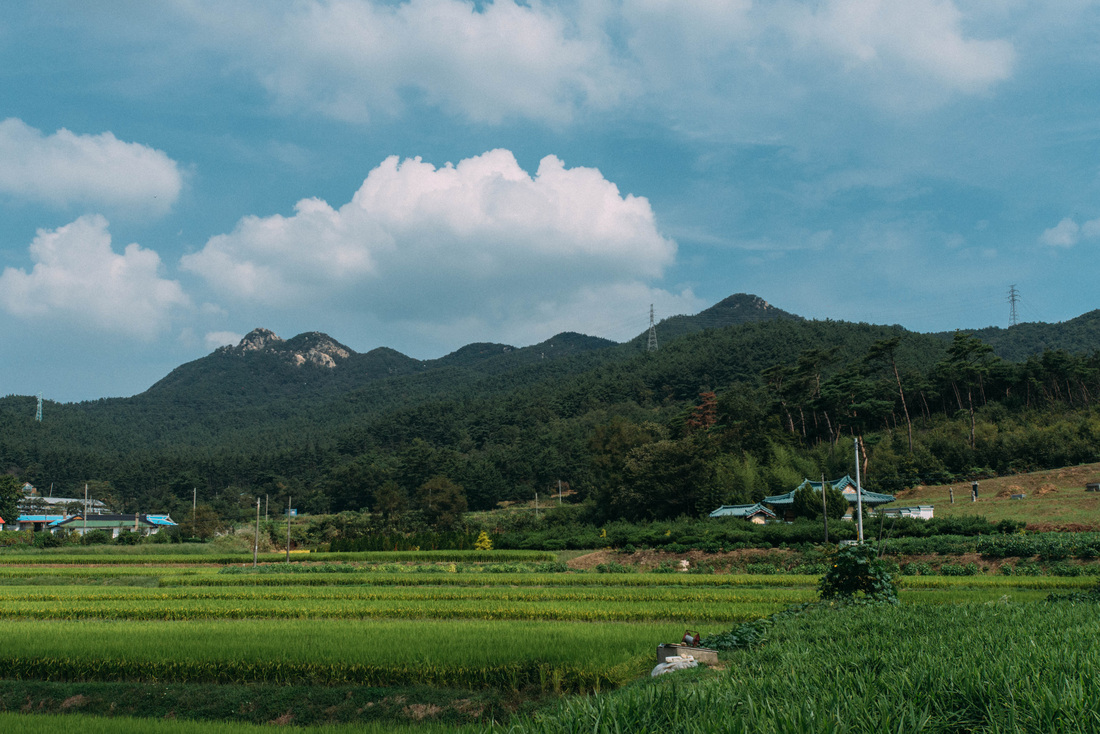
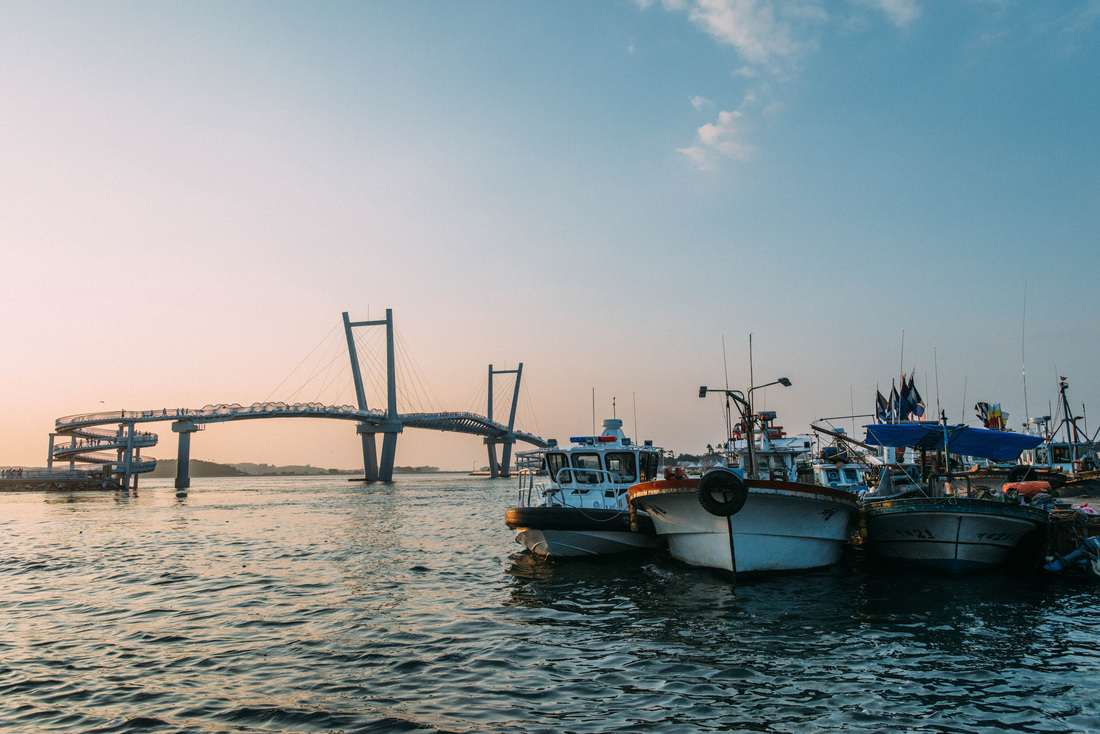
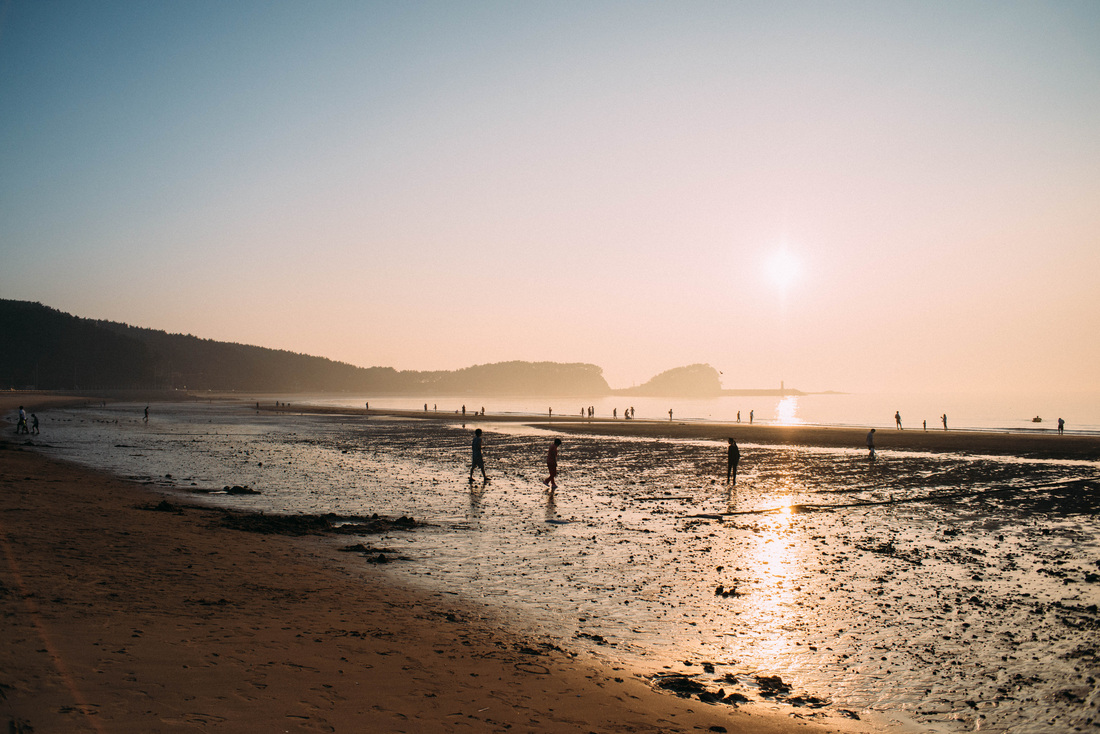
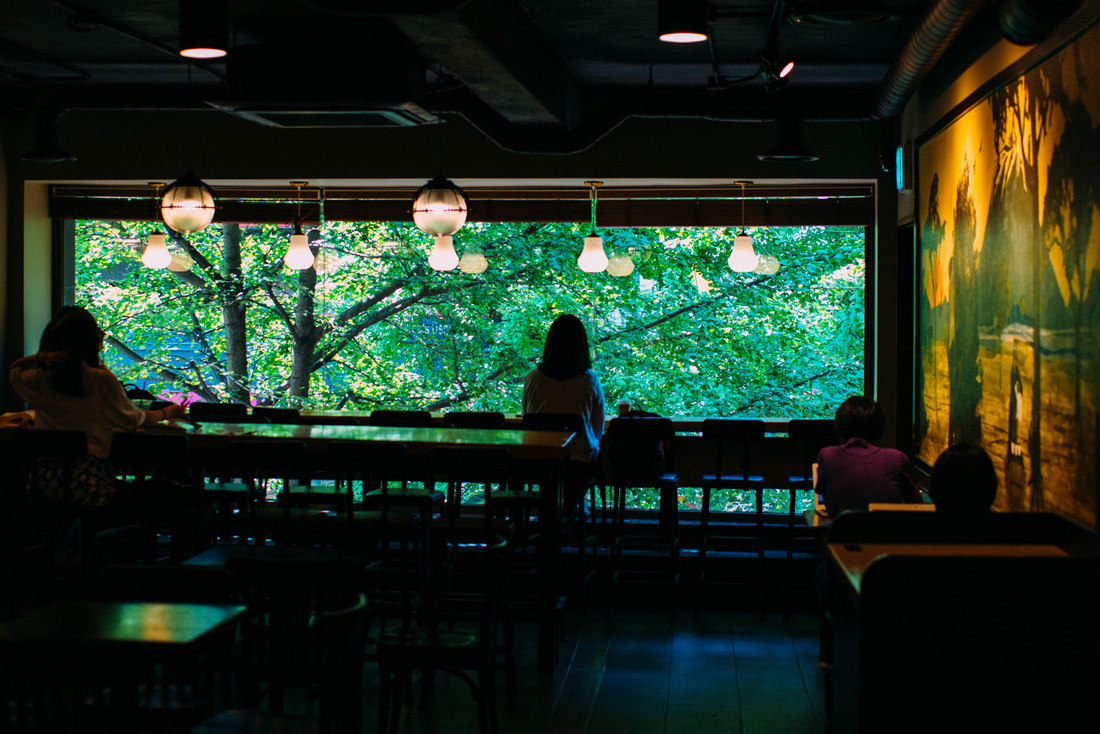
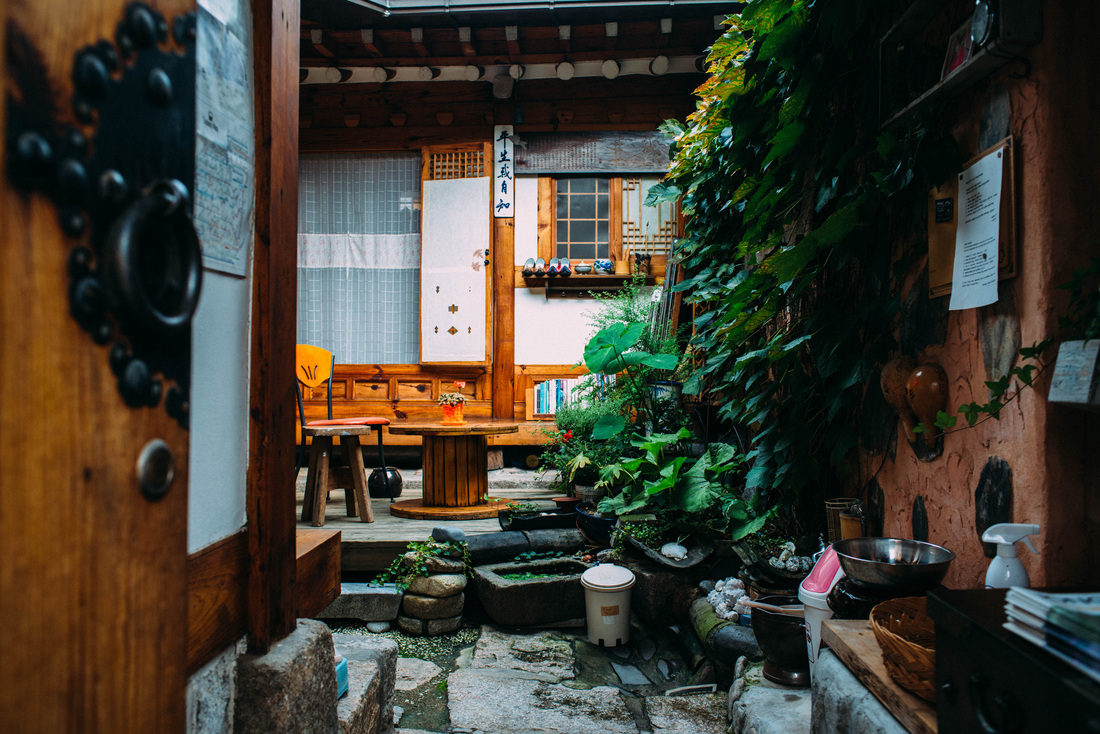
 RSS Feed
RSS Feed